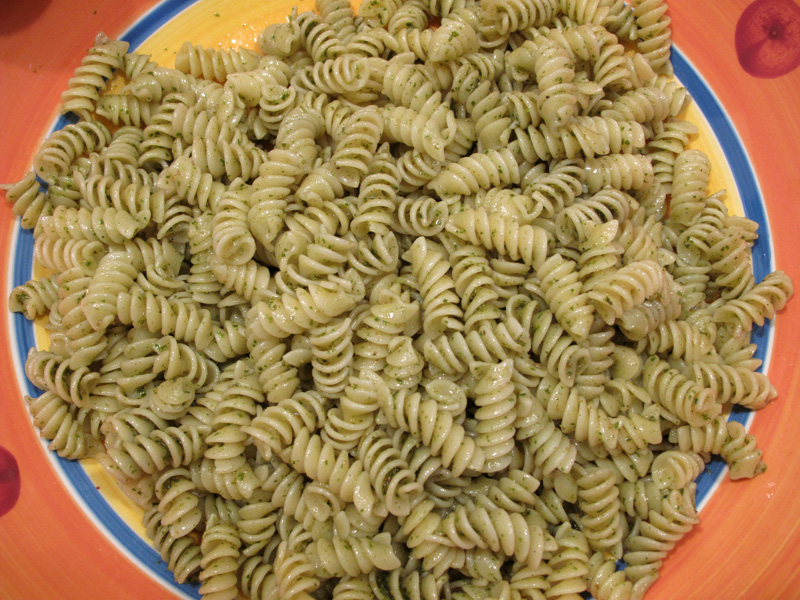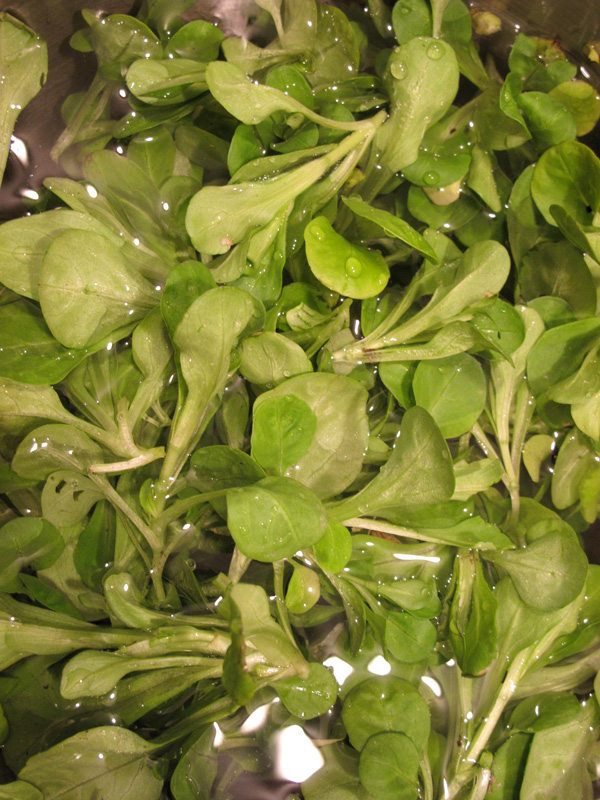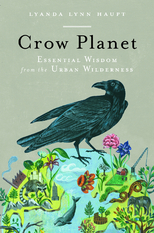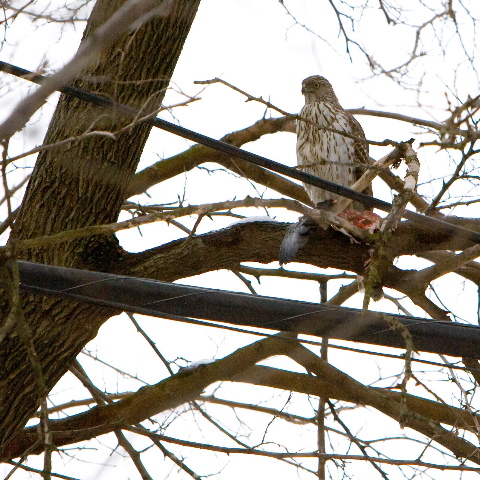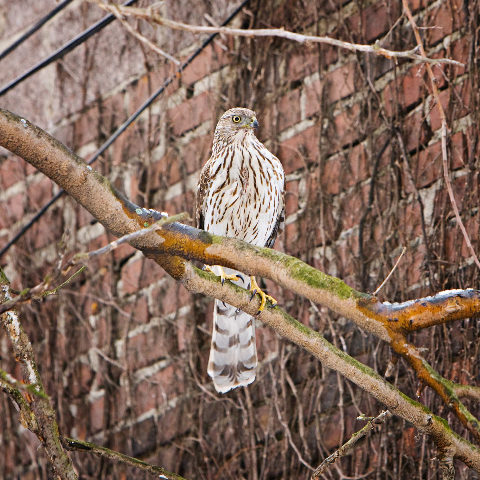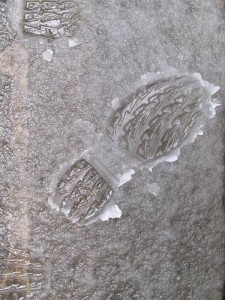All winter-long, we have been congratulating ourselves on making it through the entire winter without getting sick. I’m sure you can guess what’s coming…pride comes before the fall, and all those other pearls of wisdom.
Neil brought the cold home, then I got it and now it looks as though Lindsay has it. Although at the age of 6, she’s cluing into the whole “if I’m sick I won’t have to go to school” thing, so I’m not sure exactly how sick she is. I thought I was better and then yesterday I got sick again. Don’t ask me what it is, I have no idea. We usually say we’ve been bitten by the tse-tse fly when we get one of these mysterious illnesses. Achy joints, tired and probably a bit feverish. Today is better, but I’m still mostly flopped on the sofa. I’m even watching daytime tv, which I’m not sure helps to make one feel better.
I decided to watch the Martha Stewart show because next tuesday I will be in the audience. They are doing an urban farming segment (and I think its even specific to chicken keeping) and they want all audience members to be urban farmers. The even asked if we would bring a chicken with us to sit on our laps. The thought of having a chicken struggling and pooping on my lap for 2 hours isn’t too appealing, so I think I’ll go solo. I’ll figure out when the show airs so I can see if they pan to the audience.
The other thing I didn’t do while I was sick was to hold my book giveaway. So today I would like to announce that the winner is Jess. I will be in touch with Jess to get her address.
Thanks for the comments. I love hearing about unusual wildlife interactions. I think I posted in the fall about our stand-off with a raccoon. We had friends over for dinner and were eating in the garden when a raccoon climbed down the ivy on the side of the building next to us. It kept trying to eat my chickens and they were running around freaking out. The little bugger was determined and not scared of us at all. We were spraying it with the hose and tossing bricks near it, but it was determined to eat chicken that night. In the end it gave up and left, but it came back several more times after that. I’m sure we will see it again now that the weather is warming up and we’re trying to eat outside more often.

